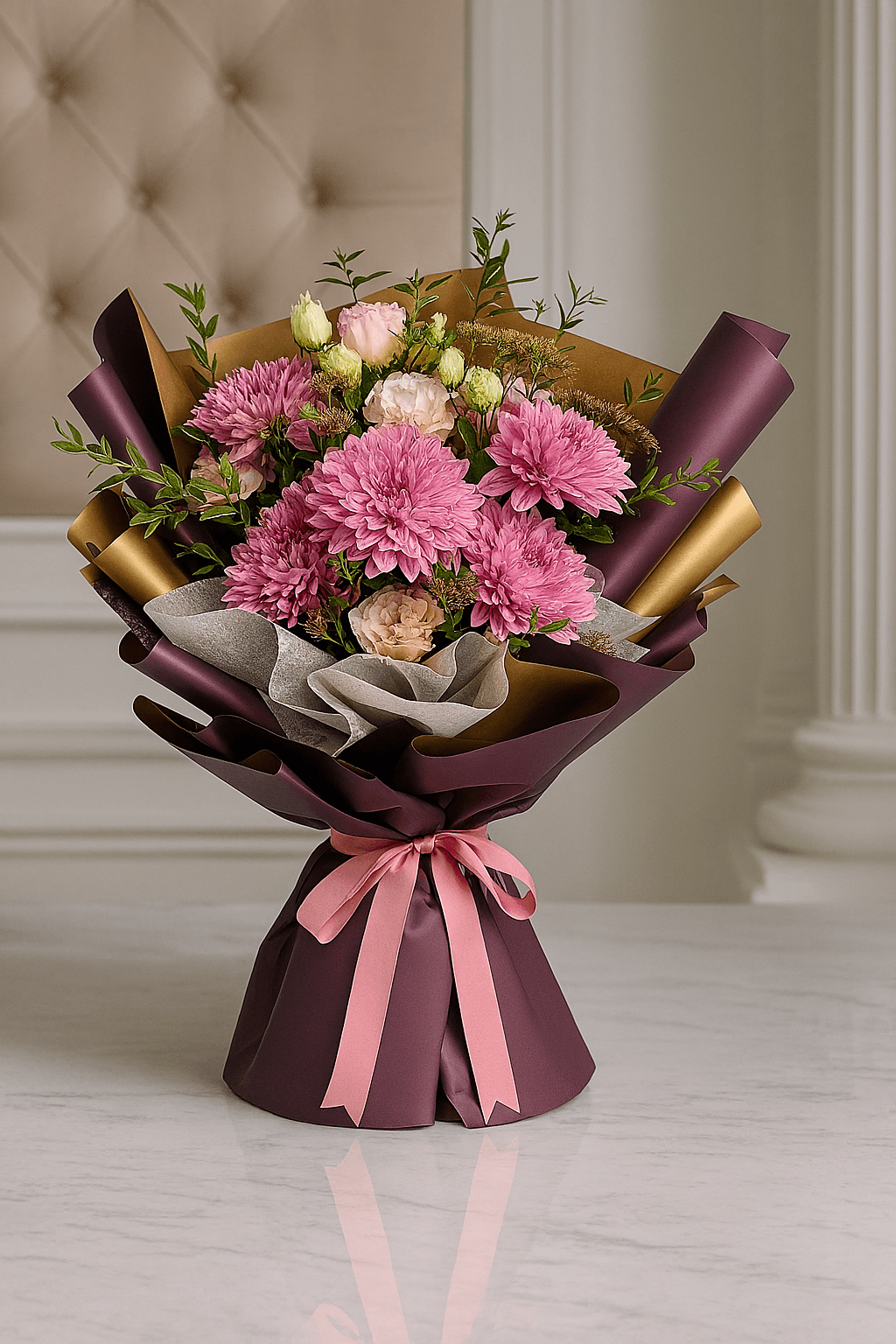
The Elegant Language of Calla Lilies: Grace in Simplicity
Among the many blooms that decorate our world, few carry the quiet strength and refined beauty of the calla lily. With its sculptural curves, smooth lines, and serene presence, the calla lily (Zantedeschia) has long captured the admiration of florists, brides, artists, and nature lovers alike. Unlike more flamboyant flowers that demand attention, the calla lily exudes a gentle, confident charm—a silent elegance that leaves a lasting impression.
In this article, we explore the fascinating story of the calla lily, from its botanical origins and symbolic meanings to its role in floral design, cultural significance, and tips for care and cultivation.
What Is a Calla Lily?
Despite its name, the calla lily is not a true lily. Nor is it a member of the orchid family, as its Chinese name “馬蹄蘭” (literally “horseshoe orchid”) might suggest. Botanically, the calla lily belongs to the Araceae family and originates from southern Africa. Its scientific name, Zantedeschia, pays tribute to Italian botanist Giovanni Zantedeschi.
The word "calla" comes from the Greek kallos, meaning "beauty"—an apt name for a flower that symbolizes refinement and purity. The common English term “calla lily” is a misnomer, but one that has stuck due to its resemblance to traditional lilies.
Structure and Colour Variations
The most iconic feature of the calla lily is its singular bloom—a funnel-shaped spathe that gracefully wraps around a central yellow spadix. Its lines are clean and minimal, evoking the aesthetics of modern sculpture. Each bloom emerges from a tall, upright stalk, giving the flower its signature sleek profile.
While white is the most popular and widely recognized colour, calla lilies come in a rich variety of hues: soft pink, deep purple, buttery yellow, vibrant orange, and even dramatic shades of maroon or near-black. These colour variants offer designers and gift-givers a spectrum of emotions to express.
Calla lily leaves are typically arrow- or heart-shaped, often speckled with white markings that add visual texture to the plant.
Symbolism and Meaning
Over the centuries, calla lilies have developed a rich symbolic language, varying slightly by colour but always rooted in elegance and emotional depth.
- White calla lilies: Purity, innocence, and reverence. Commonly seen in weddings and religious ceremonies, they represent the sanctity of love and the beginning of a shared journey.
- Pink and purple calla lilies: Admiration, romance, and feminine grace. Often used in arrangements that express gratitude, affection, or celebration.
- Yellow calla lilies: Joy, new beginnings, and friendship. Ideal for congratulatory bouquets and uplifting occasions.
- Maroon or dark calla lilies: Mourning, respect, and eternal remembrance. Frequently used in funeral arrangements to convey solemnity and dignity.
In Western Christianity, the white calla lily is associated with the Virgin Mary and is often used during Easter to symbolize resurrection and spiritual purity.
Calla Lilies in Floral Design
The calla lily’s natural elegance makes it a versatile element in floral arrangements, both as a focal flower and as a structural accent. Its strong stem and sculptural shape allow it to stand alone or pair beautifully with other florals.
1. Weddings and Bridal Bouquets
The calla lily is a timeless choice for weddings, particularly white varieties. It reflects the beauty of simplicity and is often paired with roses, hydrangeas, or eucalyptus for modern romantic bouquets. Its tall, elegant form is especially suited to long-stemmed arrangements and cascading designs.
2. Sympathy and Memorial Flowers
With their calm and understated presence, calla lilies are a popular flower in sympathy bouquets and funeral tributes. White, deep purple, or burgundy callas convey heartfelt condolences with grace, offering a message of peace and remembrance.
3. Celebratory and Congratulatory Gifts
Brightly coloured calla lilies—such as orange, pink, or yellow—are excellent choices for birthdays, graduations, or business openings. They project energy and optimism while retaining their signature elegance.
4. Home and Office Décor
A single stem of calla lily in a clear glass vase is often all it takes to add sophistication to any interior. Its minimalist form complements modern and classic spaces alike, making it a favourite for stylish floral displays at home or in workspaces.
Cultivation and Care Tips
Calla lilies are as resilient as they are graceful, making them a rewarding choice for both home gardeners and professionals.
- Light: They prefer bright, indirect sunlight. Too much direct sun may scorch their leaves, while too little may prevent blooming.
- Soil: Well-draining, rich soil is ideal. A mix with organic compost will promote healthy growth.
- Water: Keep soil moist but not soggy. Overwatering may cause root rot. During active growth, water regularly; reduce watering when the plant goes dormant.
- Temperature: Best grown in mild to warm temperatures (15°C to 25°C). Protect from frost.
- Flowering season: Typically from late spring to mid-summer, though blooming can be extended under the right conditions.
When grown as cut flowers, calla lilies can last 7–10 days in a vase. Change water daily and trim stems at an angle to prolong freshness.
Calla Lilies in Art and Culture
Beyond floristry, the calla lily has long served as a muse in the world of art, fashion, and culture. The American artist Georgia O’Keeffe famously painted large-scale calla lilies, magnifying their sensual curves to challenge perceptions of femininity and power.


